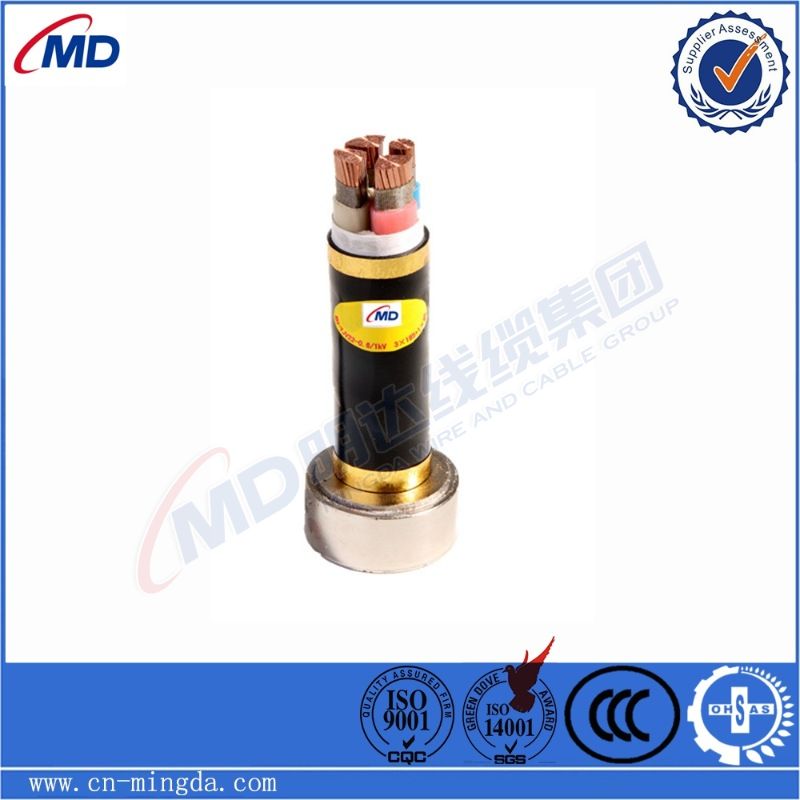9 月 . 14, 2024 17:04 Back to list
teflon butterfly valve
The Teflon Butterfly Valve A Comprehensive Overview
In the world of industrial machinery and process control, valves play a critical role in regulating flow and pressure within systems. Among the various types of valves, the butterfly valve is notable for its simplicity, efficiency, and reliability. Specifically, Teflon butterfly valves have garnered attention for their unique advantages, particularly in applications involving corrosive or abrasive fluids.
What is a Butterfly Valve?
A butterfly valve is a quarter-turn rotational valve that uses a circular disc or butterfly to regulate flow. When the valve is open, the disc is positioned parallel to the flow of the fluid, allowing for minimal pressure drop and efficient flow. Conversely, when the valve is closed, the disc rotates to a position perpendicular to the flow, effectively blocking it. This design allows for quick operation, making butterfly valves suitable for applications requiring rapid on-off control.
The Role of Teflon in Butterfly Valves
The use of Teflon (PTFE Polytetrafluoroethylene) in butterfly valves significantly enhances their performance. Teflon is renowned for its chemical resistance, non-stick properties, and outstanding thermal stability. These characteristics make Teflon butterfly valves ideal for industries such as pharmaceuticals, food processing, and chemical manufacturing, where exposure to aggressive chemicals or high temperatures is common.
teflon butterfly valve

One of the primary benefits of Teflon butterfly valves is their ability to handle corrosive liquids without the risk of degradation that could occur with traditional materials. As a result, they maintain their integrity and performance over time, minimizing the need for replacements or repairs. Additionally, Teflon seals provide a reliable barrier against leaks, ensuring that systems operate safely and efficiently.
Applications of Teflon Butterfly Valves
Teflon butterfly valves are versatile and can be used in various applications. In the food and beverage industry, they are often employed in pipelines that transport liquids such as juices, syrups, and dairy products. Their sanitary design and resistance to contaminants make them suitable for maintaining product quality.
In the chemical industry, these valves offer an effective solution for handling aggressive chemicals, acids, and bases. Their ability to resist corrosion ensures long-term functionality, reducing downtime and maintenance costs. Furthermore, Teflon butterfly valves are also used in water treatment facilities, HVAC systems, and power generation plants, showcasing their adaptability across different sectors.
Conclusion
In summary, Teflon butterfly valves stand out as a reliable and efficient solution for fluid control in various industrial applications. Their combination of simplicity, quick operation, and impressive resistance to chemicals and temperature extremes makes them indispensable in environments where standard materials might fail. As industries continue to prioritize safety, efficiency, and sustainability, the use of Teflon butterfly valves is poised to grow, ensuring that processes remain seamless and effective. Whether managing the flow of critical chemicals or maintaining the integrity of food products, these valves represent a crucial component in modern engineering and industrial applications.
Share
-
Understanding the Differences Between Wafer Type Butterfly Valve and Lugged Butterfly ValveNewsOct.25,2024
-
The Efficiency of Wafer Type Butterfly Valve and Lugged Butterfly ValveNewsOct.25,2024
-
The Ultimate Guide to Industrial Swing Check Valve: Performance, Installation, and MaintenanceNewsOct.25,2024
-
Superior Performance with Industrial Swing Check Valve: The Essential Valve for Any SystemNewsOct.25,2024
-
Industrial Swing Check Valve: The Ideal Solution for Flow ControlNewsOct.25,2024
-
You Need to Know About Industrial Swing Check Valve: Functionality, Scope, and PerformanceNewsOct.25,2024